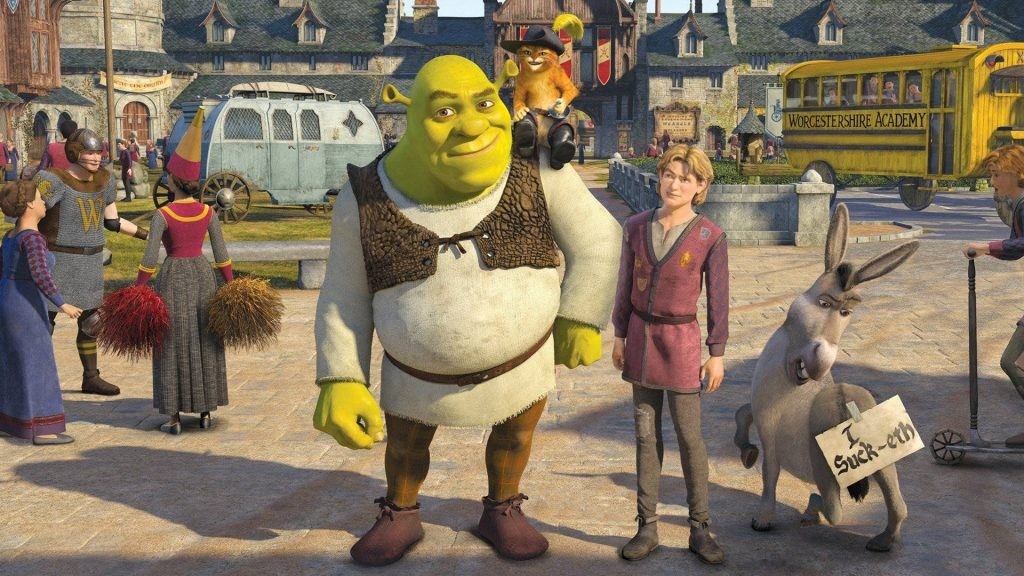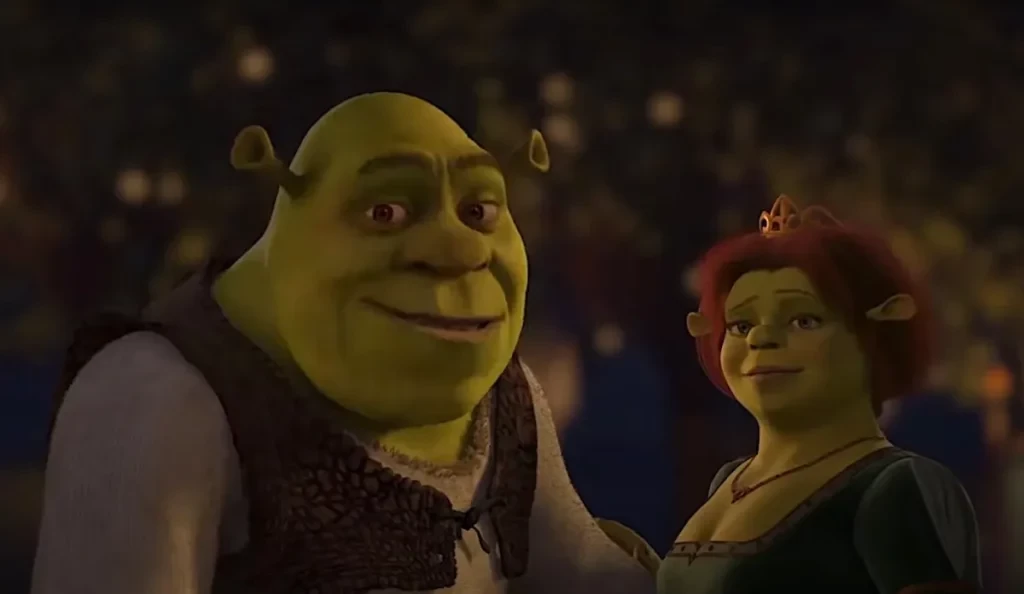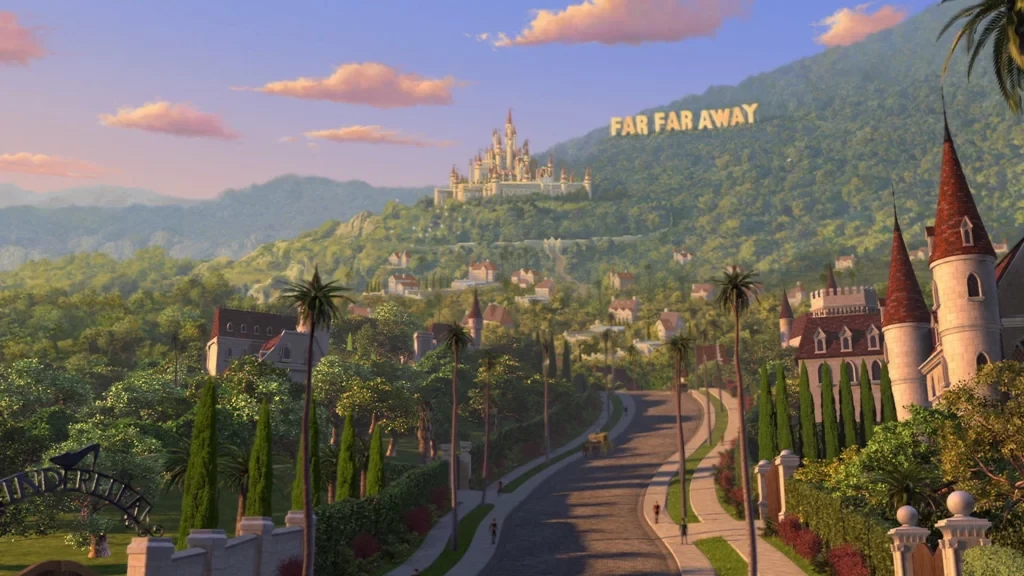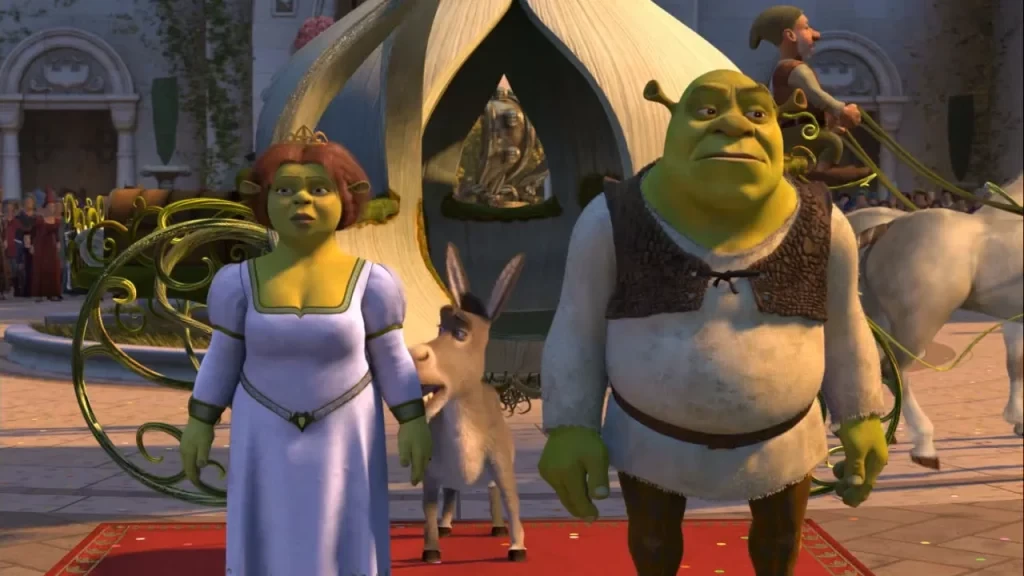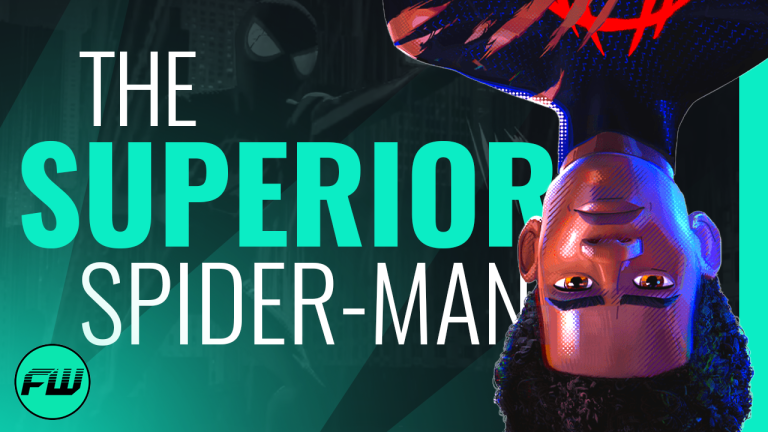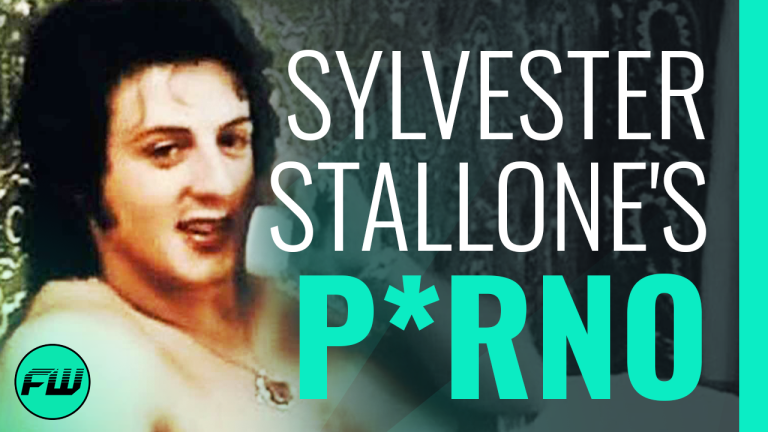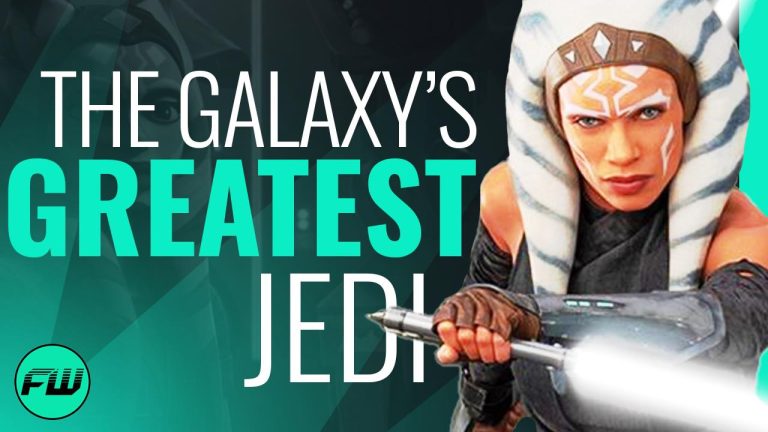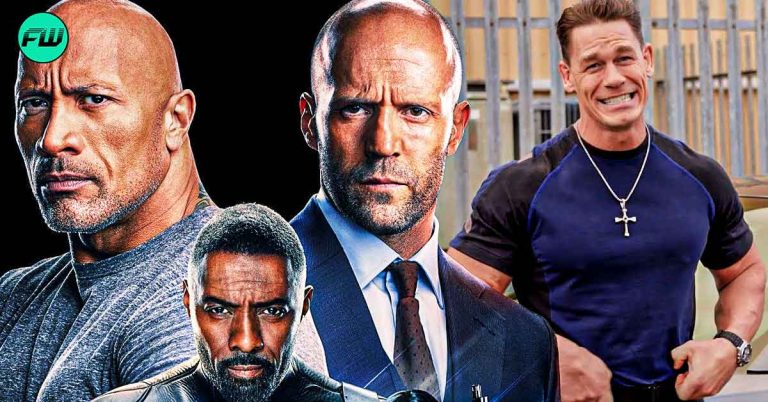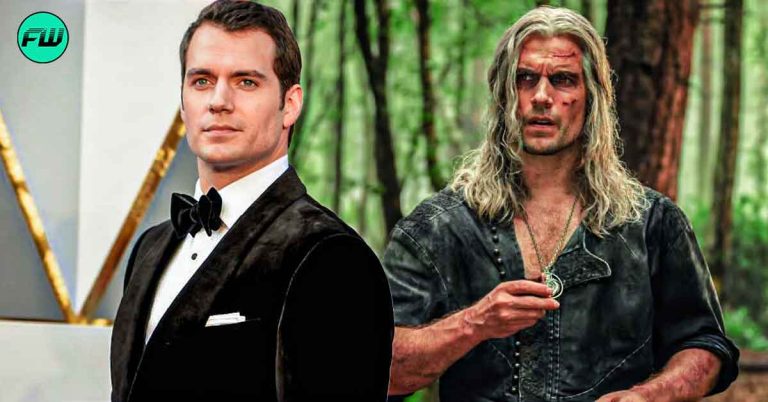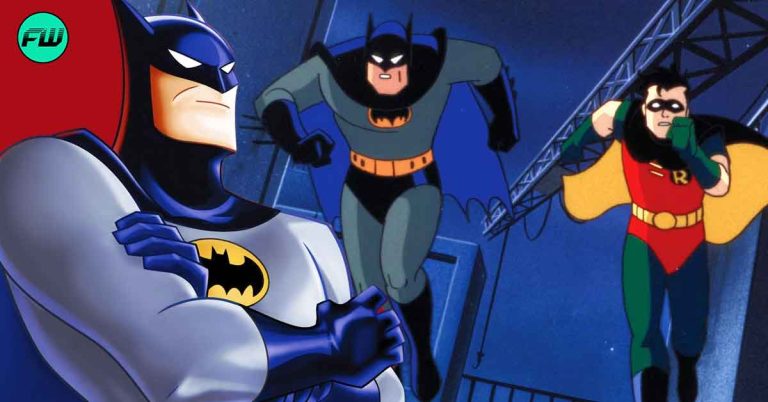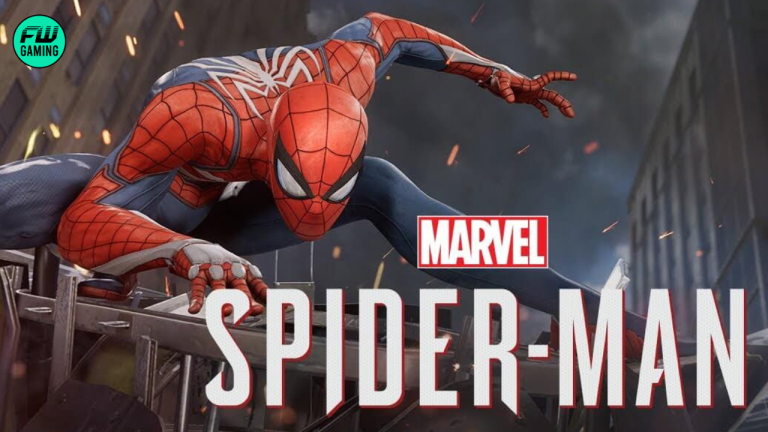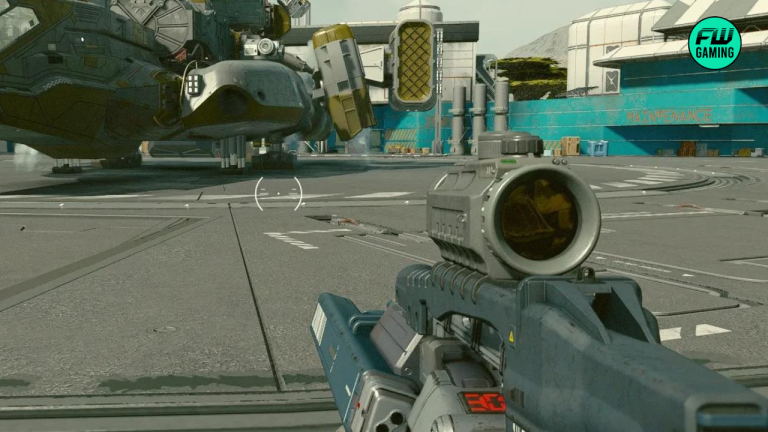After Dreamworks released Shrek in 2001, the movie became a smash hit, grossing $491.8 million worldwide against a $60 million production budget and being the first-ever movie to win the best-animated feature at the Oscars. With this financial and critical success, it was guaranteed that there would be a follow-up sequel. In May 2004, the follow-up sequel, Shrek 2, was released and was received with double the praise of the first one.
To this very day, people still go out to claim it’s better than its predecessor. Below, I’m going to explain five reasons why it’s able to do just that.
Shrek 2 Characters
A big achievement of Shrek 2 was its characters that were shown throughout the runtime. The creators were able to create more depth to the existing characters while also, at the same time, being able to introduce new, fun, and interesting characters that we, as the audience, could engage in. This kept things fresh and interesting. The most impressive new character would most definitely be Puss in Boots. He became so popular to the point that he eventually got his own spin-off, even before another fan-favorite character, Donkey.
Another thing worth noting about the central characters in Shrek 2 is that none of them are one note. They all have motives that help drive the main narrative. All of their personal motives have consequences and could affect something happening in the story. Also, they all have interesting relationships with others in the central plot. For example, Prince Charming has a motive for wanting to get with Fiona so that he can be the next in line for the throne. And also so he and his mother, the fairy godmother, can rule Far Far Away. This motive affects his relationship with Shrek as Shrek rescued Fiona from the dragon’s keep in the first one, before Charming. Because of this, Shrek married Fiona, meaning he’s now the next in line, which led Charming to hate him in the film. We see Charming find out that Shrek rescued Fiona before him at the beginning of the film.
Related: 20 Adult Jokes In The Shrek Movies That You Didn’t Understand As A Kid
Lastly, almost every character, even the minor ones, gets their own time to shine in the movie’s run time. For example, all the minor fairytale characters from the first one [Pinocchio, Gingerbread Man, the three little pigs, etc.] each get their time to shine in both the scene where they rescue Shrek, Donkey, and Puss and then also in the ending climax where they all help fight against the fairy godmother. This is a really impressive thing to do in the movie because it’s able to achieve this while also, at the same time, running the course of the movie’s story. This element also allows us to have a wider scope of the world by knowing all these characters and what they are like.
The Use of Humour
A great thing about the humour in Shrek 2 is that it works so well with the tone of the film. The apparent sarcasm included in the film contributes a lot to this. The sarcasm is actually one of the many things that work really well in Shrek 2. This is because none of the jokes in the movie overstay their welcome, and they all have great comedic timing. This comedic timing can be thanked for the great voice acting done by the film’s impressive cast. Every single one of these deliveries feels real with the sarcasm and fun with the laugh-out-loud jokes. The most notable being Antonia Banderas for Puss in Boots and Jennifer Saunders for The Fairy Godmother. This incredible voice acting in helps with the film’s humour was actually something passed on from the first film. When filming the first one, Mike Myers, who plays Shrek, personally chose to use a Scottish accent when voicing the character. This was something not originally in the movie’s script and eventually led to the character’s popularity and flare. It has been stuck with it ever since.
The last thing I would like to highlight on why Shreks 2‘s humour is so good is its constant references to pop culture. This is because they don’t at all feel as if they are out of place in the film’s universe and don’t seem like they’re shoehorned in just to try to seem clever. For example, A ‘Lethal Arrow 4’ poster can be seen in the background of the streets of Far, Far, Away when Shrek, Donkey, and Fiona arrive there for the very first time at the beginning of the film. This obviously references the real-life movie franchise, ‘Lethal Weapon.’ The only minor complaint people could have with the film’s humour though is that some of the jokes haven’t aged as well as others. A most notable one being when the Fairy godmother is talking to King Harold, and whilst doing so she calls the big bad wolf, who happens to wear a dress, “Some gender-confused wolf.”
Themes
In Shrek 2’s story, its primary theme is an expansion of the one in the first film, self-acceptance and love. The movie teaches its audience to love themselves for who they truly are. It also teaches them never to try to change for who they are, even if it’s for the people that they love. This becomes an exact plot point in the movie with Shrek drinking a potion for him and Fiona to be transformed into beautiful humans rather than their ogre selves. He does this thinking that would win her over. Later on though, when Shrek and Fiona meet again, Fiona explains to Shrek that he doesn’t have to change for her. Expressing to him that she already loves him for who he is, saying: “I want what any other princess wants, to live happily ever after….with the ogre I married.”.
With ‘Shrek 2’ having this as one of its themes, it allows for the movie to be taken more seriously even though it’s a children’s film. For it to overall be seen as more mature. Also, the theme is so well brought into the movie. It’s introduced right after the opening song montage of Shrek and Fiona’s honeymoon when Shrek and Fiona are invited by her parents to a royal ball in order to celebrate their marriage. Shrek initially declines to go, being put off by the fact of having to interact with other people. This makes perfect sense for his character. For his whole life, all up until the events of the first movie, Shrek was shut away from the world just for who he naturally was, an ogre. And even though he made friends with different characters in the first movie, that still doesn’t mean he’s ready for society. And when Shrek does get there, we learn that society isn’t ready for him either.
Finally, the movie’s nearly fifty-minute-long soundtrack really helps with the delivery of this theme of acceptance and love. All the songs have reasons for being in their scenes that also help drive the movie’s story. A great example of this is in the scene where the song ‘I need some sleep’ by the Eels plays. In this scene, Shrek is in bed with Fiona after having just had a fight with each other and her parents at dinner. They’re both staying in her childhood room, and because Shrek can’t sleep, he decides to get out of bed and wander around the room. All her different decorations and then her diary placed in the room all follow the same classic fairytale story of the ogre being the villain and then the princess ending up with a Prince Charming. The exact opposite of Shrek’s story. In the lyrics of the song that’s played over this scene, a line reads, “You just gotta let it go.” This line is repeated more than once at this moment which is perfect as it’s exactly what Shrek needs to do at the end of this film. Instead of changing him and his story to the classic one that the world expects of him, he just needs to let it go and be who he is.
Expanding Its Universe
A big thing sequels fail to do today that can contribute to them becoming great ones is expanding their own universes. The advantage of doing this is that it might answer questions the audience could have had from watching the first one. And with these questions being answered, it gives the audience satisfaction when watching and makes the movie feel more connected with its predecessor [story-wise]. Thankfully, In 2004, Shrek 2 was able to achieve this, and it led to one of the many movie successes.
In Shrek 2’s story, any time the film adds lure, it does so by still keeping all the continuity set up in the first film and, in some cases, just works off that continuity. For example: In the first Shrek, we are introduced to the character of Fiona, who happens to be a princess. In that story’s runtime, it is never mentioned to us what kingdom she belongs to, but in Shrek 2, it is. It is shown in the first act and acts as the film’s primary location for the movie. In fact, the location is seen to have served so much importance to that movie’s story and to the franchise in general that it was kept and shown in both the next Shrek films.
By adding these new locations with such importance, it shows that the crew behind this movie really cared about the project they were working on and didn’t see it as just some lousy sequel like most are. Showing that they really took advantage of this universe. Also, these new locations afterwards make the film more enjoyable to watch. And it helps that they are so elegantly introduced into the story both writing-wise [them having a reason to appear in the narrative] and directing-wise [them all having designs and feels that make them so memorable].
Lastly, with this expansion of the universe, the film still managed to never lose its touch with its original and the universe that it set up. Managing to keep many things the same but still improve them in ways that they can. For example, the movie’s visuals are a big step up from the first film. Though to keep continuity and for it not to feel like it’s placed in another world with that first film, the filmmakers still manage to use the same original 3-D animated art style [also used in the first one].
Creativity
Creativity might just be one of, if not the, most important traits a filmmaker must have when making a movie. It’s fundamental for an artist to have if trying to entertain and engage an audience. When it is applied, it ultimately makes something more interesting to be viewed and unique—identifying it as its own. This can be most seen through animated films in particular, with the added range of being able to do more stuff visually rather than in live-action. To no one’s surprise, Shrek 2 has an abundance of creativity showing throughout its 1h 45m runtime.
For example, during act one of Shrek 2, there’s a scene where Fiona meets her parents with Shrek for the first time. Instead of having just a somewhat regular interaction between the two, setting what their relationship with each other will be like for the rest of the film while also introducing this new set of characters. The movie instead decides to do something a bit more creative. As Shrek and Fiona walk to approach her parents, both sets of dialogues between the two couples collide with each other. They start and end each other’s sentences by means of establishing how all the characters are feeling. Never in a way of making the scene feel complicated. This creative output really helps make what would originally be just a standard scene into a fun and highly memorable one.
Finally, the other great show of creative output done by the filmmakers that I would like to mention is the reveal of King Harold’s true form as a croaking frog! This is revealed at the end of the film when The Fairy Godmother hits him with a blast of her magic wand. But it’s the build-up that I like to see as significantly creative. With all of its subtleness, it makes for a satisfying reveal. In fact, the hints are so subtle that they manage not to be in your face, being able to go unnoticed easily. An example of one of the many hints would be when King Harold enters a bar full of villains and a talking female frog asks him, “Do I know you?”.
Follow us for more entertainment coverage on Facebook, Twitter, Instagram, and YouTube.


